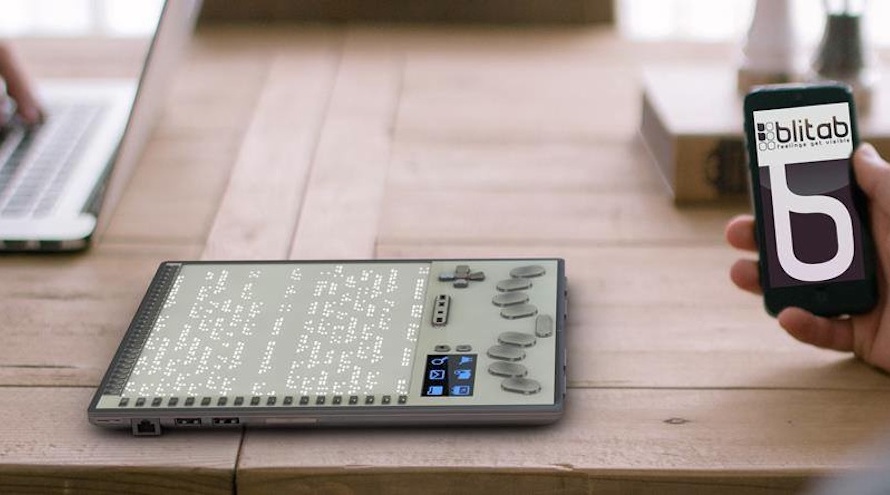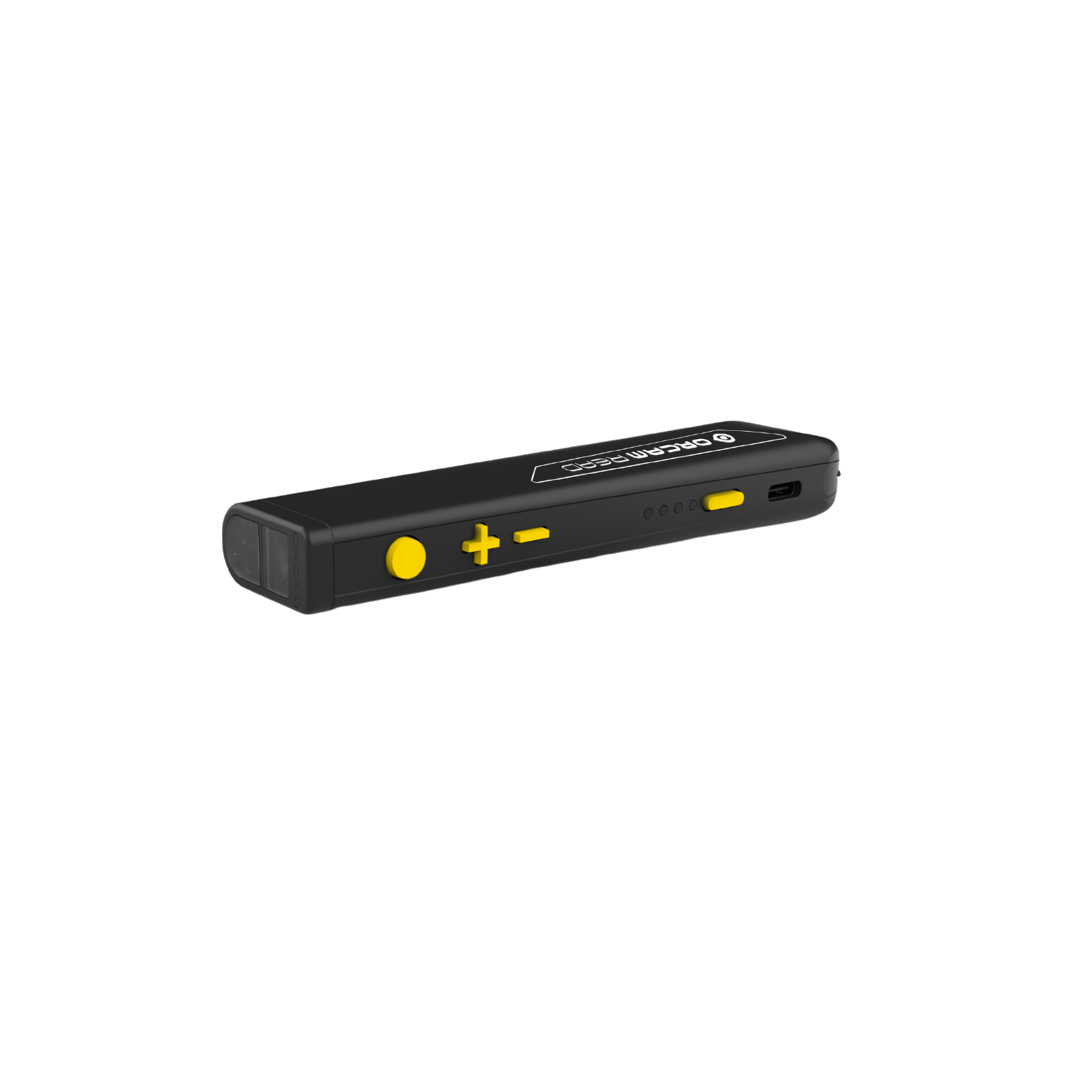Empowering Freedom With Assistive Modern Technology for the Blind
The combination of assistive innovation right into the lives of individuals with aesthetic problems represents a substantial innovation in promoting freedom and self-sufficiency. From ingenious screen visitors to innovative clever walking canes, these tools not just boost everyday navigation and interaction yet also empower users to involve meaningfully in various elements of life. As we check out the myriad advantages and real-world applications of these technologies, it becomes vital to take a look at the underlying variables that add to their performance and the possibility for future developments in this vital area.
Introduction of Assistive Modern Technology

The development of assistive innovation is grounded in principles of inclusivity and empowerment. Developments in software application, equipment, and sensory improvements provide customers with options tailored to their particular demands. From screen visitors that convert text to speech, to responsive gadgets that share details via touch, these tools transform the way individuals engage with their environments.
In addition to useful applications, assistive modern technology fosters greater social incorporation and involvement in different markets, consisting of education and learning and employment (Speech-to-text devices for low vision). As r & d proceed to develop, the potential for assistive modern technology to further enhance the lives of aesthetically damaged individuals stays promising, leading the way for a much more equitable culture where everybody can flourish
Sorts Of Assistive Tools
A variety of assistive gadgets have arised to sustain people with visual problems, each made to satisfy particular needs and boost daily functioning. These gadgets range from low-tech solutions to modern innovations, offering diverse choices for individuals.
Low-tech devices consist of magnifiers and large-print products that aid in analysis and writing. Braille tools, such as Braille slates and stylus pens, enable responsive reading and interaction. Orientation and wheelchair aids, like white canes, aid users navigate their environment safely.
On the greater end of the range, digital magnification systems and screen readers supply significant assistance. Digital magnifiers permit individuals to expand text and photos on displays, while display readers convert digital material right into synthesized speech, assisting in accessibility to details on computers and mobile phones.
Smartphone applications additionally play a vital duty, providing attributes like message recognition and navigation help. Wearable technology, such as clever glasses geared up with augmented truth, is becoming an appealing device to enhance situational awareness.
Advantages of Assistive Innovation
The integration of assistive technology substantially improves the top quality of life for people with aesthetic impairments. These modern technologies equip individuals by promoting independence, enabling them to navigate their environments better and carry out daily jobs with better simplicity. For circumstances, display visitors and magnification software program allow people to accessibility digital information, promoting instructional and expert possibilities that might have previously next page been out of reach.
In addition, assistive gadgets such as wise walking canes and general practitioners applications offer real-time navigating aid, improving mobility and safety and security. This enhanced freedom not just enhances self-confidence yet additionally motivates social engagement, allowing individuals to participate even more totally in their neighborhoods.
Assistive modern technology likewise helps with interaction, assisting customers get in touch with others with voice acknowledgment and text-to-speech applications. This capability is vital for preserving relationships and accessing crucial information.
In addition, the modification choices offered with several assistive innovations make sure that users can customize tools to their details requirements, better boosting functionality and efficiency. In general, the advantages of assistive technology for individuals with visual disabilities are profound, advertising a much more inclusive society where every person can pursue their desires and objectives.
Situation Researches and Success Stories
Highlighting the transformative influence of assistive technology, many instance research studies illustrate how individuals with visual disabilities have actually efficiently incorporated these tools right into their day-to-day lives. One compelling instance involves an university student that utilized screen analysis software to browse on-line sources and scholastic products efficiently. This innovation not just facilitated her education and learning but additionally boosted her confidence in taking part in discussions and team tasks.
An additional instance research study includes an expert who employs a smartphone application created for navigation and things acknowledgment. By utilizing this app, he has actually gained back freedom in both his personal and workplace, allowing him to commute independently and engage with coworkers better.
Furthermore, a senior citizen shared her experience with braille e-readers, which allowed index her to access a large selection of literature and stay gotten in touch with her community with book clubs.
These success tales underscore the vital duty of assistive innovation in fostering self-reliance, boosting lifestyle, and advertising social assimilation for individuals with visual disabilities (Mobility aids for visually impaired users). By welcoming these cutting-edge devices, customers can overcome obstacles and take opportunities that add to their expert and personal gratification
Future Fads in Assistive Technology
Technology in assistive technology eye center is positioned to redefine the landscape of support for individuals with visual impairments. Emerging fads stress the combination of artificial intelligence (AI) and artificial intelligence, which improve the performance of tools that aid with navigating and information accessibility. AI-driven applications are now qualified of translating visual data in real-time, enabling customers to involve with their environment much more individually.
Furthermore, the development of wearable innovation is progressing rapidly. Smart glasses geared up with augmented truth (AR) can supply audio summaries of environments, changing how customers connect with public spaces. These gadgets not only advertise autonomy but likewise foster social inclusion.
In Addition, the Internet of Things (IoT) is making homes smarter, enabling for smooth connection between everyday devices and assistive devices. This connectivity encourages individuals by making it possible for automatic feedbacks and voice-activated controls tailored to specific requirements.
Verdict
Finally, assistive modern technology plays a pivotal function in empowering people with visual problems by enhancing their self-reliance and engagement with their surroundings. The diverse variety of devices and applications offered not just promotes navigating and interaction however likewise advertises social assimilation and possibilities for individual and expert development. As advancements continue in this area, the potential for enhancing the lifestyle for those with visual impairments will certainly increase, promoting higher autonomy and empowerment.
